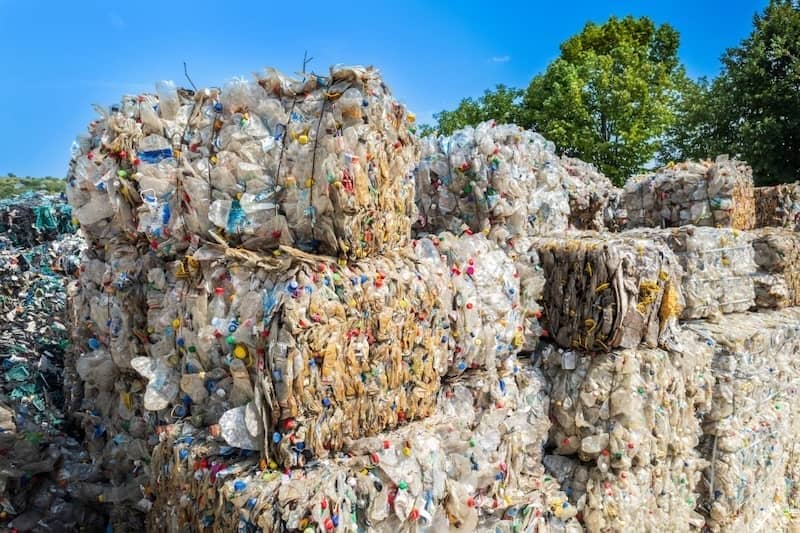Transforming waste into valuable resources has been a tantalizing concept throughout human history. The story of Rumpelstiltskin, weaving hay into gold, is perhaps the most well-known fairytale. It describes a small gnome-like man who has a magical ability to create gold out of hay.
Rumpelstiltskin has captured people’s imagination throughout the centuries with his promise of turning something seemingly worthless into something of immense value. In our modern world, we have cutting-edge technology and innovative processes that can turn waste into wealth. One such industry is waste-to-fuel solutions, which address environmental concerns and offer significant economic benefits.
The Waste Problem
Waste management is a growing challenge globally. With cities becoming more densely packed and people buying more things, the volume of waste generated by societies around the world continues to rise. Traditional waste disposal methods, such as landfills and incineration, are straining under the load. Landfills are restricted to fewer and fewer suitable sites, while incineration is under fire for its effect on air quality and greenhouse gas emissions. These methods of waste management also fail to use whatever value is present in waste materials, often leaving the most impoverished to pick out what they can find.
Waste-to-Fuel: The Golden Solution
Waste-to-fuel technology presents a solution to this waste problem. It converts various types of waste into usable fuel, which can help produce valuable goods. By breaking down organic and inorganic waste materials, waste-to-fuel innovators have been able to produce biodiesel, ethanol, and syngas. These fuels can then be used to generate electricity or provide heat for high-temperature industrial processes, reducing reliance on fossil fuels.
Methods of Waste-to-Fuel Conversion
Several methods are employed to convert waste into fuel. Each method is suited to different types of waste and desired end products. Some of the most common processes include:
- Pyrolysis: Heats organic waste in the absence of oxygen to produce bio-oil, biochar, and syngas. Pyrolysis is particularly effective for converting plastic waste and agricultural residues.
- Gasification: Converts carbon rich materials into syngas, a mixture of hydrogen and carbon monoxide, through partial oxidation at high temperatures. Syngas can be used to generate electricity or processed into liquid fuels.
- Anaerobic Digestion (Composting): Microorganisms break down organic waste in the absence of oxygen to produce biogas (mainly methane and carbon dioxide) and digestate (a nutrient-rich residue). Biogas can be used for heating, electricity generation, or as a vehicle fuel.
- Transesterification: Chemically converts contaminated oils into biodiesel and glycerin. Waste cooking oil and animal fats are common feedstocks for biodiesel production.
The Role of Industrial Shredders in Waste-to-Fuel Processes
Industrial shredders are not sideline fans in the waste-to-fuel process. Rather, they are key players without which the whole process could not proceed. Industrial shredders do the heavy-lifting, transforming waste into a useful fuel-generating product. Here’s how industrial shredders contribute to the waste-to-fuel conversion:
- Pre-processing: Shredders break down bulky waste items, such as plastic containers, metal scrap, wood pallets, and tires, into smaller, manageable pieces. This pre-processing step means the factory can efficiently feed pyrolysis reactors, gasifiers, and digesters.
- Homogenization: Shredding helps make waste pieces all the same size and weight in the waste stream. Consistent particle size and composition avoids blocks and clogs. It also regulates the energy output of waste-to-fuel conversion processes. Just as roasting vegetables well requires all the pieces to be the same size, waste-to-fuel processes rely on even heat or chemical distribution too.
- Contaminant Removal: By breaking down waste materials, shredders facilitate the separation of contaminants, such as metals, glass, and stones, from organic waste. This improves the quality of the feedstock and allows the fuel to burn hot and clean.
- Safety: Handling large, unprocessed waste items is gross at best and hazardous at worst. Minimizing human contact with waste is a key role of shredding equipment.
While a whole chain of specialized equipment is required to convert waste into fuel, waste reduction machines like industrial shredders and grinders are the first and perhaps most important. Everything that comes after this initial step in the waste-to-fuel process can only happen at the rate that shredders can provide processed material.
Conclusion
Unlike the story of Rumpelstiltskin and his gold spinning wheel, turning waste into wealth through waste-to-fuel solutions is no myth but a reality. With advancements in technology and increasing awareness of environmental issues, these innovative processes are on the rise worldwide. Waste reduction machines play a vital role in this transformation, ensuring that waste materials are effectively prepared for conversion into valuable fuels. Find out what kind of shredder and other machinery your company needs to generate waste-to-fuel innovations through waste recycling machine companies like ECO Green.




